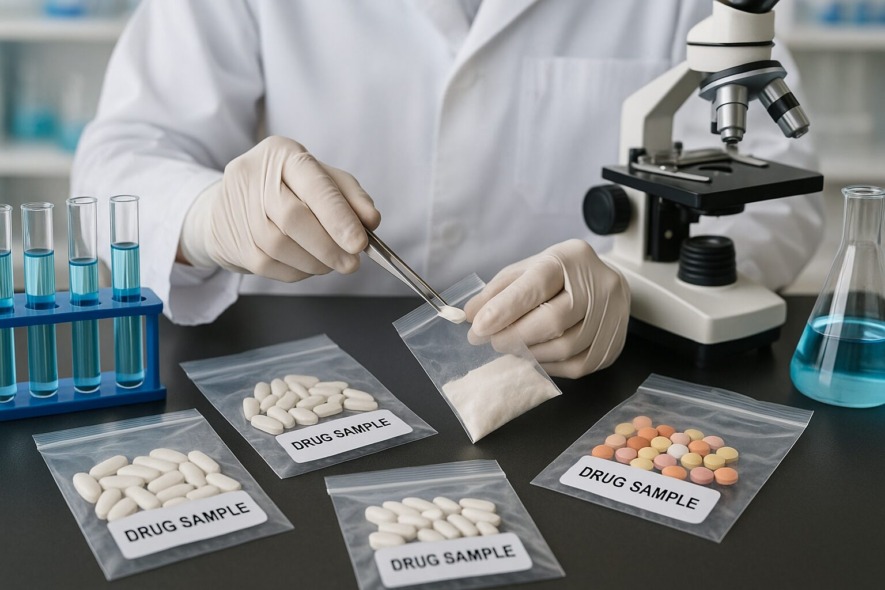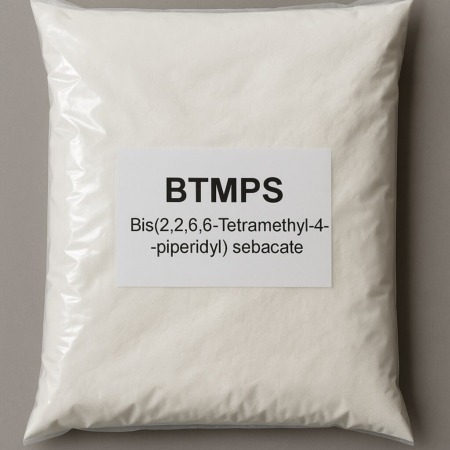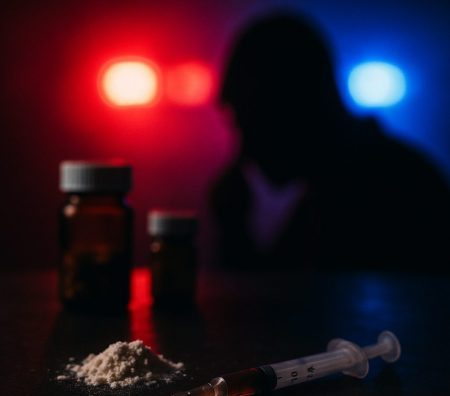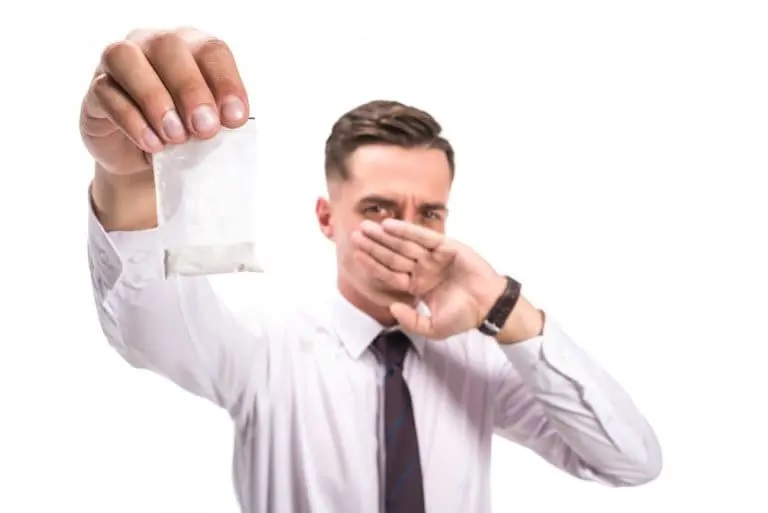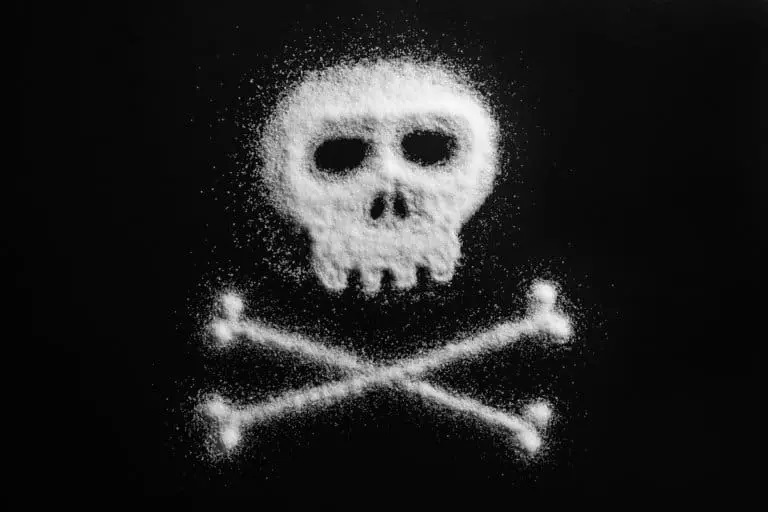If you have not used cocaine before, you might assume that all cocaine looks the same. However, this is simply not the case. While most cocaine comes as a white powder, there are sometimes variations in the color of cocaine. And even when cocaine comes as a white powder, it can look and smell different.
The reason for this variation in cocaine is due to the method of manufacturing, and any cuts that may have been put in the drug. There are a few different ways that you can make cocaine, and it is very rare to find a cocaine powder that has not been adulterated in some way. This is a crucial point, as there are specific dangers that come with different cuts, which are additional to the significant risks posed by cocaine use.
In this article, we will look at the different types of cocaine, what causes them to look a certain way, and the dangers involved.
Table of Contents
What Does Cocaine Look Like?
Cocaine is a highly addictive drug that comes in different forms. It can be found as a white powder, known as “gram” or “eight ball” on the street, and it may also come in rock form. Cocaine has a strong odor and usually varies in color from white to yellowish-white, though there are some exceptions to this. It usually has a bitter taste and numbing effects. The effects of using cocaine can be intense but are short-lived.
It is difficult to be sure that a powder is cocaine without having previously seen cocaine. The numbing effect of cocaine is perhaps the biggest telltale sign, but you should not attempt to test cocaine by using it or rubbing it on your gums, as this can be dangerous.
The safest and most accurate way of identifying cocaine is by testing it with special kits, reagent tests, or drug test strips. These methods provide reliable results and the tests are inexpensive.
Brown Cocaine
Brown cocaine is a type of cocaine that has been mixed with other substances, to either create a strong effect or add weight to the drug. It is rare for someone to sell brown cocaine, as generally cuts which approximately match the color of cocaine are used.
Crack Cocaine
Crack cocaine is a potent, highly addictive form of cocaine. It typically comes in the form of white or off-white rocks that look similar to soap or small pebbles. It can be smoked, injected, or snorted for an intense and quick high.
Crack cocaine tends to be higher in purity than powder cocaine, but it may still be cut with some substances to increase the weight.
The use of crack cocaine is associated with several potentially serious physical, psychological, and social consequences. Physical effects include increased heart rate and blood pressure, chest pain, nausea, convulsions, and an increased risk of stroke or heart attack.
Psychological effects may include mood swings, anxiety, paranoia, confusion, depression, irritability and restlessness. Additional risks associated with crack cocaine when injected include an increased risk of developing infectious diseases such as HIV, hepatitis B and C, and tuberculosis. It can also lead to financial problems due to the cost of buying drugs and potential legal issues related to its possession and sale.
Note that all of the above is also true for powder cocaine.
Cocaine Hydrochloride
Cocaine hydrochloride is simply the chemical name of powder cocaine. If something contains only cocaine hydrochloride it means it is 100% pure cocaine.
Fish Scale Cocaine
Fishscale cocaine is a type of cocaine that has been purified to the point where it resembles scales from a fish. It is usually found in powder form, but can also be found as crystals or rocks. Fishscale cocaine is highly sought after by drug users due to its high purity and potency. It typically contains between 75-90% pure cocaine and is usually much stronger than regular street-level cocaine. Like regular cocaine, it can be snorted, injected or smoked.
Use of this type of cocaine carries a higher risk of overdose, as the potency is significantly higher compared to other forms of cocaine.
Fish scale cocaine has also been linked to an increased risk of addiction and other health problems associated with drug use.
Pink Cocaine
2C-B, also known as Pink Cocaine, is a synthetic drug first created by Professor Alexander Shulgin in 1974. It has been used recreationally since the late 1970s and continues to be popular today despite being illegal in many countries.
Despite its similar name, pink cocaine is not really cocaine – it is actually a hallucinogenic drug that produces a range of effects such as euphoria, visual distortions, and auditory hallucinations. 2CB is most often taken orally in pill or capsule form, though it is sometimes seen as a powder.
The effects of 2CB last for about four hours and include increased energy levels, feelings of euphoria, and intense openness to creative thought. It can also cause unwanted side effects such as nausea, increased heart rate and blood pressure, panic attacks, paranoia, and addiction. Thus, it is important to use caution when considering the use of 2CB or any other type of fake cocaine.
Pure Cocaine
Pure cocaine is a white, crystalline powder with a bitter taste. It has a distinctively strong chemical smell and can also give off vapors that have an ammonia-like odor. The powder can range in texture from being very fine to being more gritty or grainy.
Synthetic Cocaine
Synthetic cocaine, also known as fake cocaine or synthetic cathinone, is a drug that is produced in laboratories to mimic the effects of the natural stimulant found in coca leaves. Synthetic cocaine is typically sold on the street as a white powder or crystal-like substance and its effects have been compared to those of “real” cocaine, albeit with a much lower potency. Synthetic cocaine produces intense feelings of euphoria and alertness, but can also cause dangerous side effects.
The most common kind of synthetic cocaine now sold are “bath salts”, which are chemically similar to the cathinone found in the Catha edulis plant. One of the most popular of these is known as mephedrone, but there are many more varieties of bath salts being manufactured.
While bath salts may have somewhat similar effects of regular cocaine, they often look and smell somewhat different. The main telltale sign of synthetic cocaine is a particularly pungent and unpleasant chemical smell.
Getting Help With A Residential Drug Rehab
If you or someone you know is struggling with cocaine addiction, residential drug treatment can be beneficial. Residential rehab centers provide 24/7 supervision and support for those seeking recovery from substance abuse.
Our residential program includes medical services, psychological counseling, group and individual therapy, lifestyle education, relapse prevention training, and other holistic treatments to help a person on their journey to lasting sobriety. Rehab staff will develop an individualized plan for each person based on their needs and create a safe, supportive, and nurturing environment to help them learn how to cope with their addiction and develop the skills necessary for recovery.
For more information on how you can save your life by going to residential treatment, contact Wellbrook Recovery.





